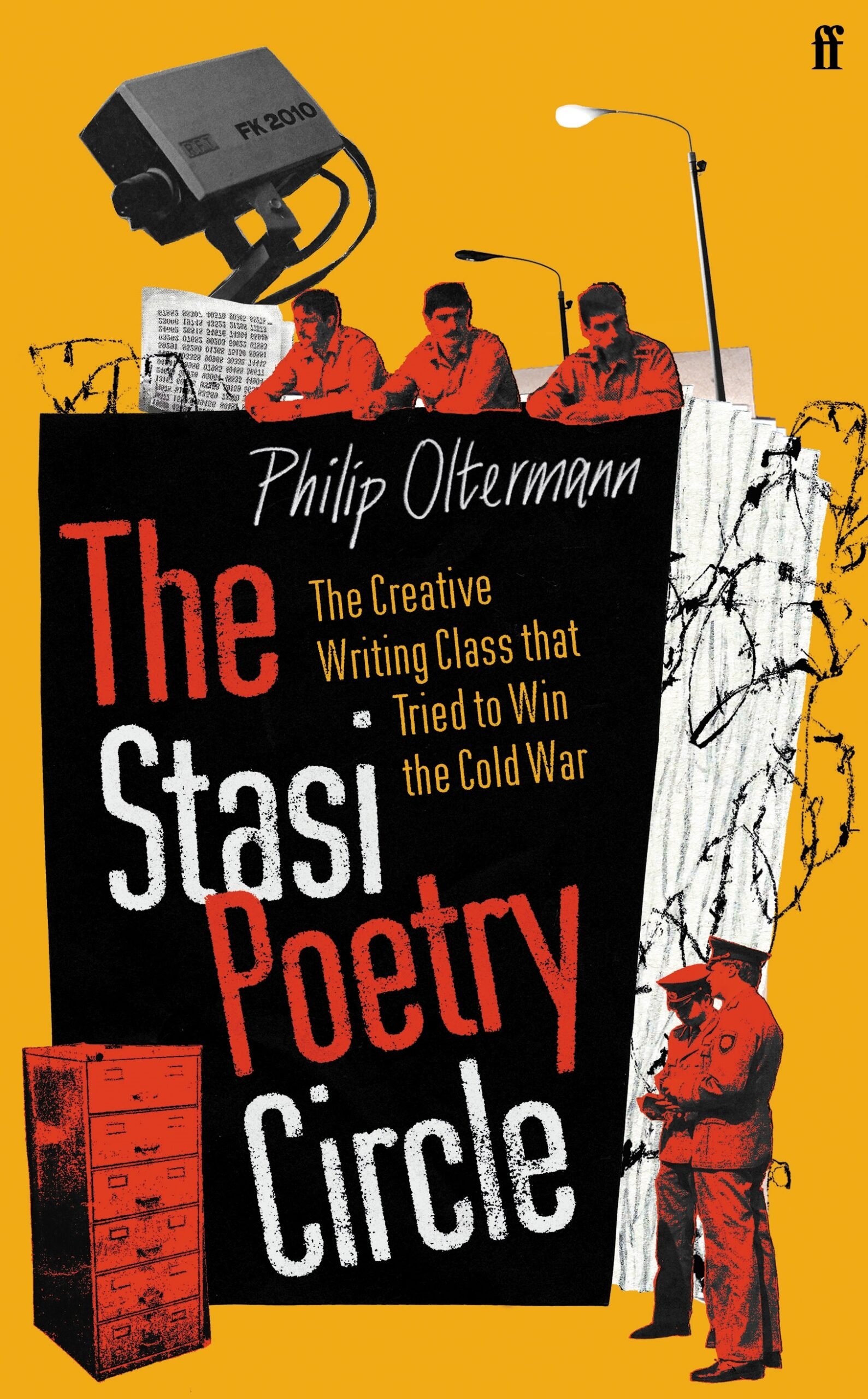
25 Aug Book Review of The Stasi Poetry Circle: The Creative Writing Class tha…
Embracing the Spooky: A Review of The Stasi Poetry Circle by Lutz Seiler
Have you ever encountered a book that feels like a secretive whisper, echoing through a peculiar age? That was my experience with Lutz Seiler’s The Stasi Poetry Circle: The Creative Writing Class That Wasn’t. As a reader, I find myself baffled and fascinated by the intersections of art and authoritarianism. This unique mix of themes drew me into the enigmatic world of East German poets intertwined with the chilling apparatus of the Stasi, and I couldn’t put it down.
At first glance, the chapter structure might throw you off—it flickers between a chronological timeline from the early 1970s to the fall of the German Democratic Republic and a series of deft flashbacks. My fiction professor once warned me that a writer loses 15% of their forward momentum with flashbacks, and I felt this loss keenly at points. If you’re someone who craves a linear narrative flow, you might find yourself feeling frustrated. Yet, the rewards of sticking with the book manifest in its haunting storytelling and rich characters.
Seiler introduces us to a motley crew of Stasi agents turned poets, navigating a realm where art was deemed the “new god” in the aftermath of Nazi Germany. Through the lens of Ewe Berger, the leader of the poetry circle, we witness the strange blend of creativity and state surveillance—where undercurrents of rebellion simmer beneath the surface. It’s both absurd and chilling that the Stasi documents their own activity, resulting in a nest of domestic spookery that rivals fiction.
One of the most poignant moments for me came from poet Annegret Gollin’s perspective, where she illuminated the paradox of life in the GDR: “a place in which you could fuck anyone and trust no one.” This encapsulates the essence of a totalitarian state, where intimacy is shrouded in distrust, making the act of writing poetry a revolutionary form of expression. Here, the poems serve as fragments of hope amidst a mundane barrage of surveillance reports, often mundane in their cruelties.
The writing style in The Stasi Poetry Circle is richly textured, blending lyrical passages with darkly humorous observations. While I found the poetry itself intriguing, it often paled in comparison to the sheer spectacle of the Stasi’s espionage machinations. Seiler has an uncanny ability to draw you in, making even the most mundane files feel revelatory. His insights into the contradictions of human nature in the face of oppressive systems are brilliantly woven throughout.
If you enjoy historical fiction that does not shy away from moral complexities—where art, espionage, and the grotesque aspects of human nature collide—this book is for you. Those who appreciate a narrative that dances between timelines while delving into the psyche of its characters will find much to savor in Seiler’s offering.
Reading The Stasi Poetry Circle has been an eye-opening experience for me, a reminder of how art can thrive even in the shadows of fear and control. It serves both as a poignant exploration of the human spirit and a powerful reflection on the obscurities of history. This book has undoubtedly left its mark on me, and I hope it resonates with you too.
Discover more about The Stasi Poetry Circle: The Creative Writing Class tha… on GoodReads >>









